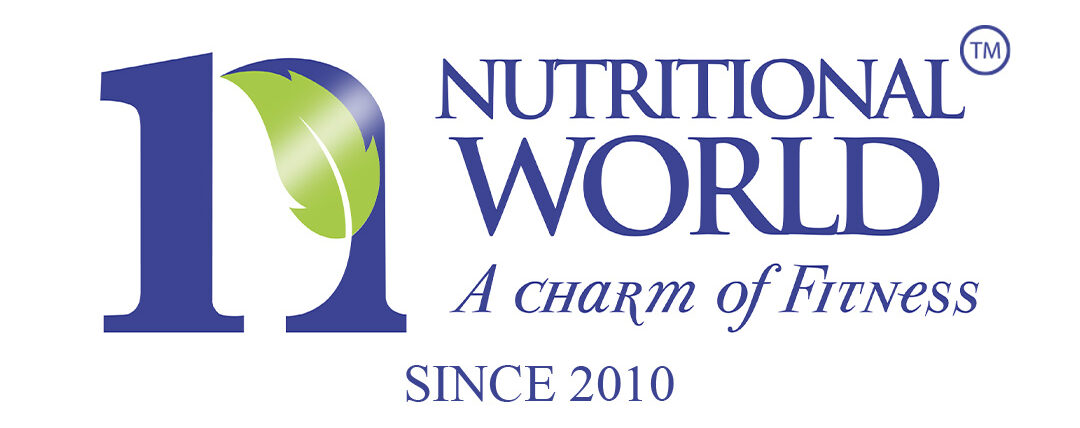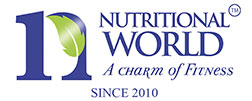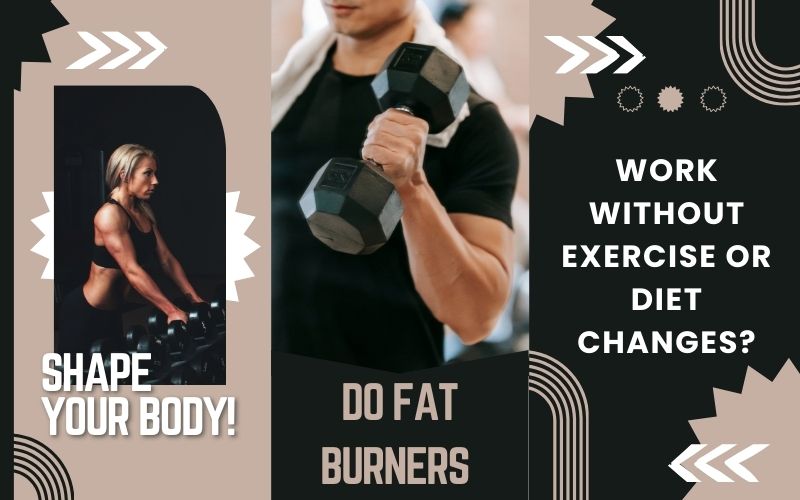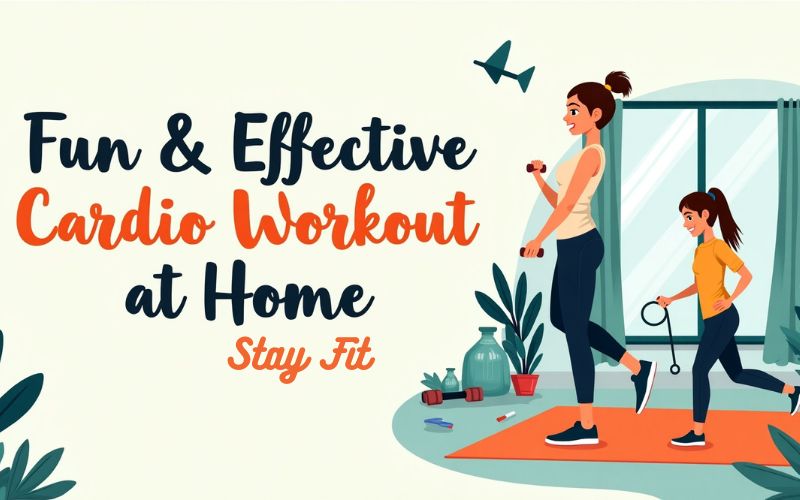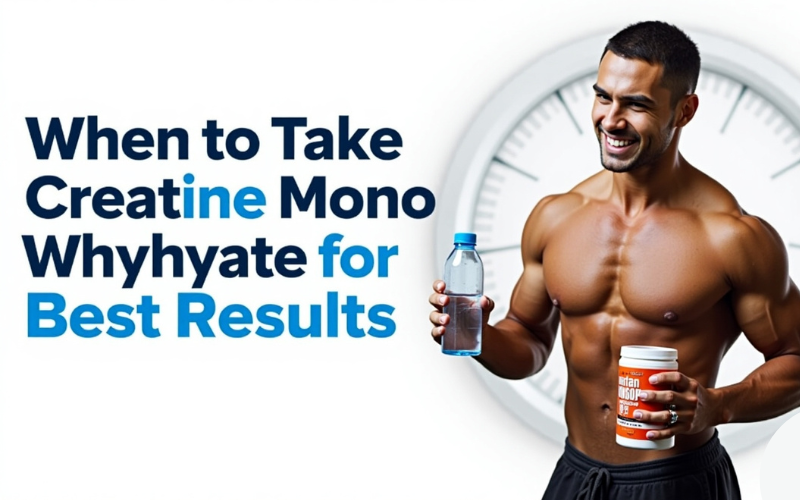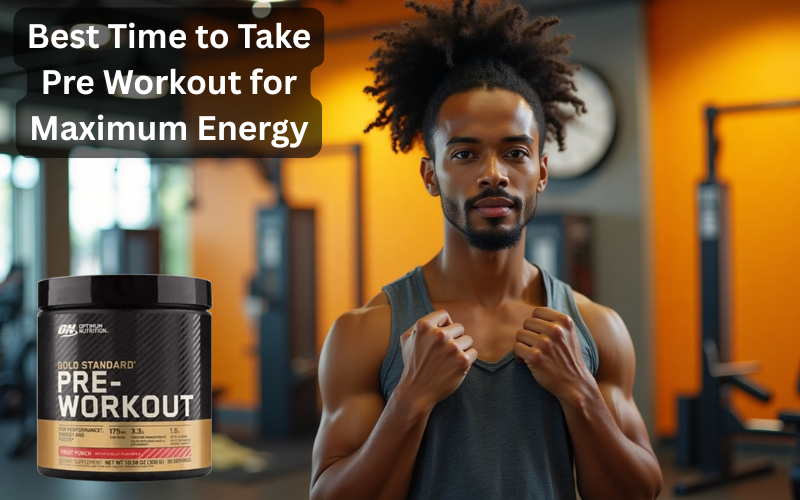When it comes to burning fat, improving endurance, or simply getting the most out of your cardio sessions, timing matters. That’s where the debate between fasted cardio and fed cardio comes in. Fitness enthusiasts, athletes, and even casual gym-goers often wonder: Is it better to do cardio on an empty stomach, or after eating?
This article dives into the pros and cons of both fasted and fed cardio, exploring what science says, what fitness experts recommend, and how to choose the right approach for your goals.
-
Table of Contents
Understanding Fasted and Fed Cardio
Fasted cardio involves exercising on an empty stomach, typically after an overnight fast, while fed cardio means working out after consuming food. Each approach affects energy levels and fat metabolism differently.
-
Benefits and Drawbacks of Each Approach
Fasted cardio may promote greater fat oxidation during workouts, but it can also lead to decreased performance or muscle loss if not managed properly. Fed cardio provides more energy for high-intensity workouts and may support muscle preservation, but might result in less fat burned during the session.
-
Choosing What Works Best for You
- Ultimately, the choice depends on personal goals, workout intensity, and how your body responds. Both methods can be effective for fat loss and overall fitness when paired with a balanced diet and consistent routine.
What Is Fasted Cardio?
Fasted cardio is cardiovascular exercise performed on an empty stomach, typically first thing in the morning before breakfast. It means your body hasn’t consumed any calories for at least 8–12 hours.
In this state, your insulin levels are low and glycogen stores (your body’s preferred energy source) are somewhat depleted. This encourages the body to rely more on stored fat for fuel—at least in theory.
What Is Fed Cardio?
Fed cardio, on the other hand, refers to doing cardio after eating—usually a light meal or snack containing carbs and protein. This provides your body with immediate energy, allowing for potentially better performance, especially during longer or more intense workouts.
Most people naturally do cardio if they exercise later in the day or after breakfast.
Fasted Cardio vs Fed Cardio: Key Differences
When comparing fasted and fed cardio, the key factors to look at are fat loss, energy levels, muscle preservation, and performance. Let’s explore each one:
Fat Burning Potential
Fasted cardio has gained popularity because of its potential to increase fat oxidation. When you don’t have food in your system, your body may turn to fat stores for energy.
However, recent studies suggest that while fat burning may be slightly higher during the session, the overall fat loss across the day or week is about the same as fed cardio. Your total calorie balance matters more than the timing.
Energy and Performance
Working out on an empty stomach isn’t for everyone. Without readily available fuel, you may feel sluggish or unable to push as hard. This can lead to shorter or less intense workouts, which could impact your results over time.
Fed cardio often results in more consistent energy levels, better endurance, and stronger performance, especially for longer sessions or high-intensity intervals.
Muscle Preservation
One major concern with fasted cardio is the potential for muscle loss. In a fasted state, the body may break down some muscle tissue for energy—especially if the cardio session is long or intense.
Eating beforehand (fed cardio) helps protect muscle by supplying amino acids and energy, particularly important if you’re training hard or trying to maintain lean mass.
Which One Burns More Fat?
This is the heart of the debate.
Fasted cardio may burn more fat during the workout, but studies show that total fat loss over time is not significantly different between fasted and fed cardio when diet and total calorie intake are controlled.
So while fasted cardio sounds appealing for fat-burning, the actual long-term impact on body composition is minimal unless paired with a proper nutrition and training plan.
When to Choose Fasted or Fed Cardio
The best approach depends on your personal goals, lifestyle, and how your body feels.
Choose fasted cardio if:
- You feel fine working out in the morning without food
- You’re doing low to moderate-intensity workouts (like steady-state walking or cycling)
- You’re short on time and want to get it done before breakfast
Choose fed cardio if:
- You’re doing high-intensity workouts or strength training
- You feel weak, dizzy, or unfocused during fasted sessions
- You’re trying to preserve muscle or improve performance
There’s no one-size-fits-all answer. The most effective approach is the one that you can do consistently and feel good doing.
Final Verdict: Which Is Better?
Both fasted and fed cardio have their place. Fasted cardio may offer a slight boost in fat oxidation during workouts, but fed cardio provides more energy and better performance for most people.
What matters more is the total calories burned, consistency of your workouts, and your overall diet. Instead of getting caught up in timing, focus on showing up, training smart, and fueling your body well.
If you prefer mornings and don’t like eating before workouts, fasted cardio can work for you. If you train harder after a light meal, fed cardio is your best bet.
Ultimately, the best cardio is the one you’ll stick to.
Need help fueling your workouts the right way? Explore premium supplements, fat burners, and performance enhancers at Nutritional World.
Train smarter. Burn better. Feel your best—with trusted products from Nutritional World.
FAQs About Fasted vs Fed Cardio
1. Does fasted cardio help you lose more fat?
Fasted cardio might burn more fat during the workout, but total fat loss over time is the same when daily calories are equal. Your diet has a greater impact than cardio timing.
2. Is it safe to do intense workouts while fasted?
It depends. Some people handle fasted HIIT or long runs well, while others feel weak or dizzy. Eating a small pre-workout snack can improve performance for intense sessions.
3. Can fasted cardio lead to muscle loss?
There’s a small risk, especially with long or intense sessions without proper nutrition. Keeping workouts shorter and ensuring enough protein can help prevent muscle loss.
